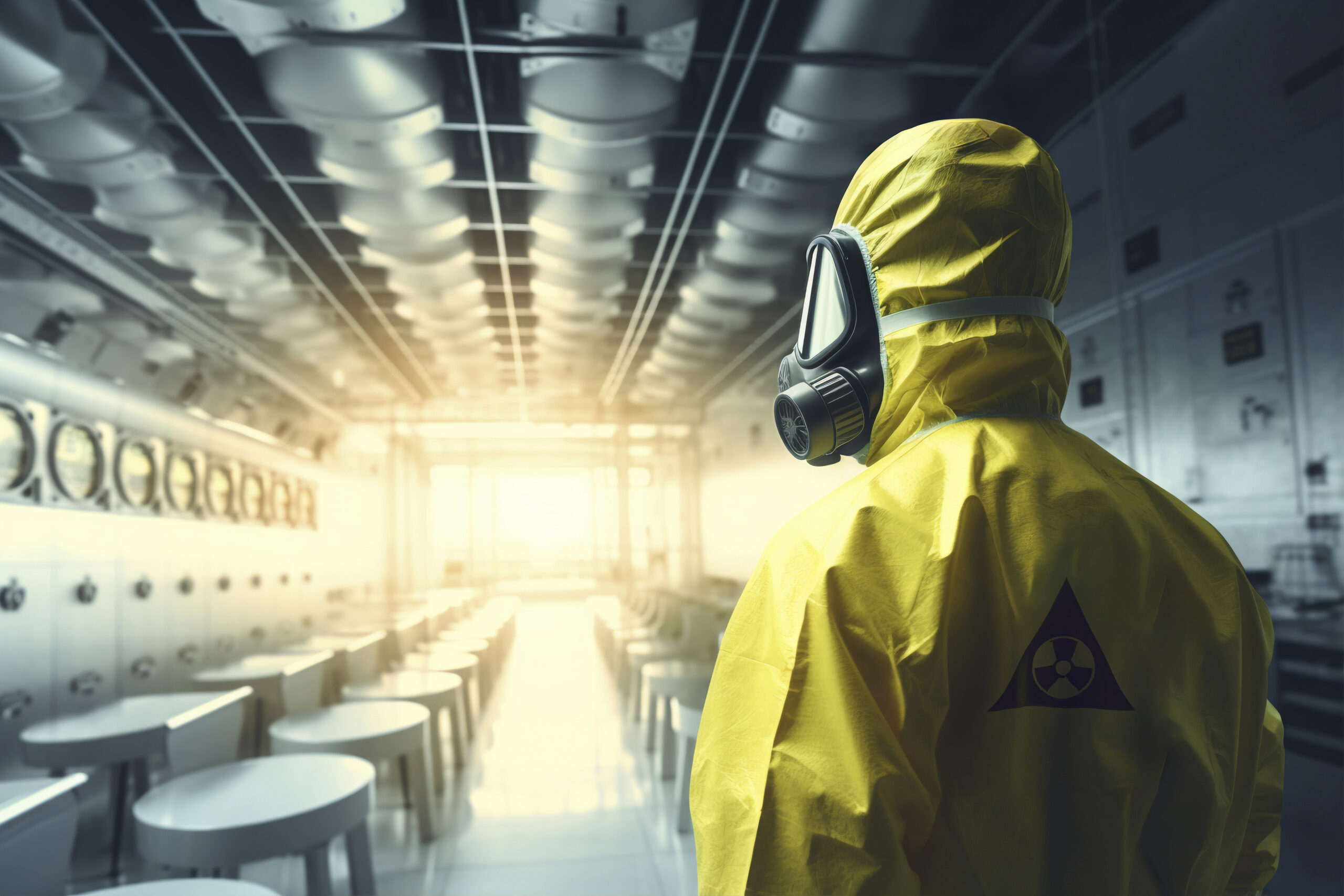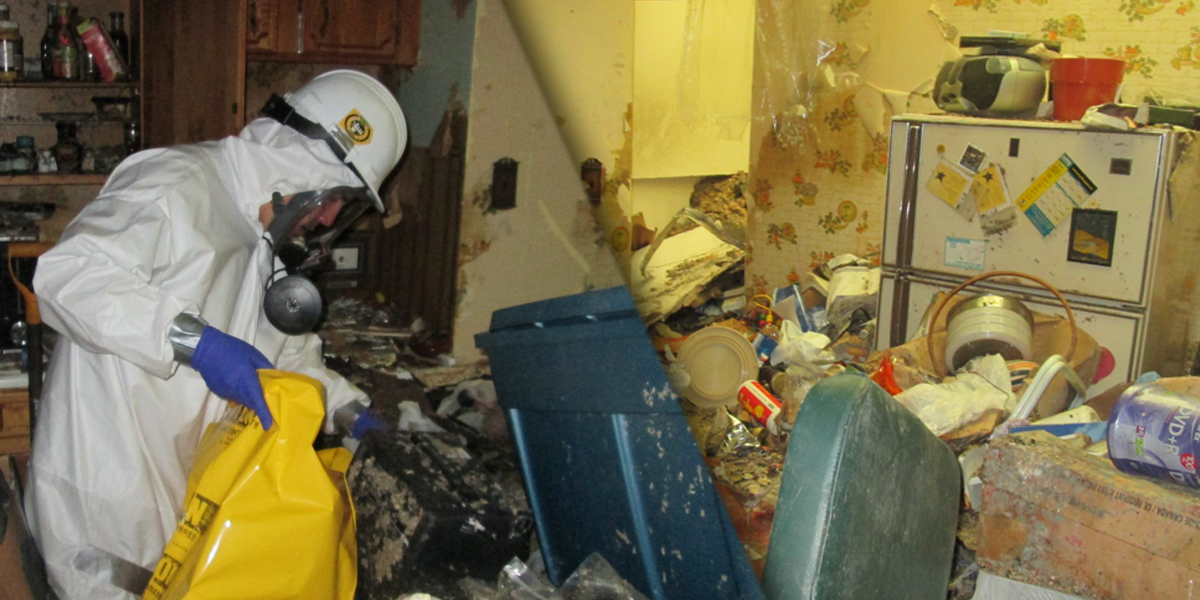Hoarder Cleanup Solutions: Mending Order and Safety in your house
Hoarder Cleanup Solutions: Mending Order and Safety in your house
Blog Article
Specialist Biohazard Cleaning and Purification for Blood, Bodily Fluids, and Hazardous Products
The possible health threats connected with direct exposure to biohazards emphasize the essential requirement for careful handling and extensive cleanup. As we browse the elaborate landscape of biohazard clean-up, recognizing the nuances of guidelines, conformity, and the specific equipment at play becomes crucial in making sure a safe and comprehensive purification process.
Wellness Threats of Biohazard Exposure
Direct exposure to biohazards postures significant wellness risks that can lead to serious consequences for neighborhoods and people alike. Biohazards include a variety of biological materials, including blood, physical fluids, mold and mildew, germs, viruses, and various other potentially contagious products. When people come right into call with these biohazards, whether via accidents, incorrect handling, or environmental direct exposure, they deal with the danger of contracting severe ailments or conditions.
Among the main health and wellness dangers related to biohazard exposure is the transmission of transmittable diseases. Bloodborne virus such as HIV, hepatitis B and C, and numerous microorganisms can be present in biohazardous materials, posing a straight threat to human wellness. Inhaling airborne biohazards like mold spores or entering into call with polluted surfaces can additionally result in breathing problems, allergic reactions, and various other adverse health impacts.
Furthermore, biohazard direct exposure can have lasting health ramifications, with some conditions materializing years after the preliminary call (Blood Cleanup). Therefore, it is critical to focus on proper biohazard cleansing and decontamination to minimize these health and wellness risks and guarantee the safety and security of neighborhoods and people

Specialized Training for Biohazard Cleanup
When it pertains to taking care of biohazard clean-up effectively and safely, specialized training plays an essential role in guaranteeing appropriate decontamination treatments are adhered to. Biohazard clean-up needs particular knowledge and abilities to properly alleviate risks linked with bloodborne pathogens, bodily liquids, and harmful materials. Experts learnt biohazard clean-up go through extensive instruction on just how to securely take care of, remove, and deal with biohazardous materials to stop contamination and exposure.
Specialized training for biohazard cleanup covers a variety of necessary topics, including correct personal protective devices (PPE) usage, bloodborne pathogen awareness, decontamination strategies, and contaminated materials disposal protocols. People educated in biohazard clean-up are outfitted with the essential proficiency to assess contamination degrees, identify prospective threats, and execute proper cleaning treatments in conformity with regulatory criteria.
Continuous training and education are extremely important in the area of biohazard cleaning to stay updated on the newest purification technologies, security procedures, and policies. By purchasing specialized training, biohazard clean-up experts can effectively respond to emergency clean-up situations and guard both public health and the atmosphere.
Value of Appropriate Decontamination Techniques
Making use of correct decontamination methods is important in biohazard cleanup to effectively lessen and remove unsafe materials health and wellness dangers. Reliable purification not just guarantees the elimination of noticeable traces of blood, bodily fluids, and other biohazards but additionally targets invisible microorganisms that may position major health and wellness threats otherwise correctly removed. By following stringent decontamination procedures, trained professionals can dramatically minimize the danger of direct exposure to dangerous bacteria, infections, and germs that can cause illness or infections.
Proper decontamination strategies involve using specialized devices and disinfectants that are especially created to neutralize biohazards effectively. Detailed cleansing and sanitation of infected locations are essential to avoid the spread of pathogens and guarantee a safe atmosphere for passengers. Furthermore, the correct disposal of biohazardous waste adhering to purification click here for more treatments is essential in stopping contamination of various other surfaces or people.

Tools and Tools for Safe Cleanup
When dealing with blood, bodily liquids, or hazardous products, biohazard cleansing experts count on specialized gear to minimize direct exposure threats and completely decontaminate the afflicted location. In addition, biohazard cleansing sets containing anti-bacterials, absorbing materials, and biohazard bags are utilized to securely dispose and have of infected items.
Advanced cleaning tools like hospital-grade disinfectants, HEPA-filtered vacuum cleaners, and fogging machines are utilized to sterilize surface areas and get rid of biohazards effectively. Specialized tools such as sharps containers and biohazard waste disposal containers are used to securely take care of sharp things and biohazardous waste products. By using the ideal tools and tools, biohazard cleansing professionals can guarantee an extensive cleaning procedure that prioritizes safety and security and reduces wellness threats for both workers and residents of the damaged room.
Regulations and Compliance in Biohazard Cleaning
Correct adherence to laws and conformity standards is paramount in biohazard cleansing to make sure the safety and security of both employees and the atmosphere. Government firms such as OSHA (Occupational Security and Wellness Management) and the EPA (Environmental Defense Agency) have actually developed details standards for biohazard clean-up procedures to decrease wellness dangers and ecological contamination. These regulations cover a series of aspects including the handling, transportation, and disposal of biohazardous biohazard clean up kit procedure products, along with the necessary training and safety tools needed for personnel associated with the cleanup process.
Biohazard cleaning companies must remain current with these laws to guarantee that their procedures fulfill the called for safety criteria. Failure to abide with these laws can lead to extreme repercussions, including penalties, lawful action, and threatening the health of people and the setting. By following rigorous laws and conformity steps, biohazard cleansing firms can effectively minimize dangers and ensure a comprehensive and secure cleanup procedure for all events entailed.
Verdict
To conclude, biohazard cleaning and purification require customized training, appropriate strategies, and adherence to laws. Direct exposure to blood, bodily liquids, and harmful products postures considerable health and explanation wellness risks, making it vital to make use of the appropriate devices and tools for risk-free clean-up. By complying with stringent procedures and standards, experts can effectively alleviate the risks connected with biohazard direct exposure and ensure the security of both themselves and others.
As we navigate the detailed landscape of biohazard cleaning, comprehending the nuances of guidelines, compliance, and the specific devices at play ends up being crucial in ensuring a thorough and secure purification procedure. (Blood Cleanup)
When it comes to managing biohazard clean-up successfully and safely, specialized training plays an essential function in guaranteeing correct decontamination procedures are adhered to.Using proper decontamination methods is critical in biohazard cleaning to effectively decrease and get rid of hazardous products health and wellness dangers. Additionally, biohazard cleansing packages having disinfectants, absorbent products, and biohazard bags are utilized to securely have and dispose of infected products.
Government firms such as OSHA (Occupational Security and Health And Wellness Administration) and the EPA (Environmental Protection Agency) have established certain guidelines for biohazard cleaning treatments to lessen wellness threats and environmental contamination.
Report this page